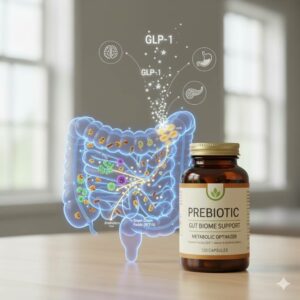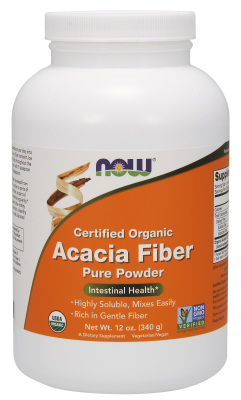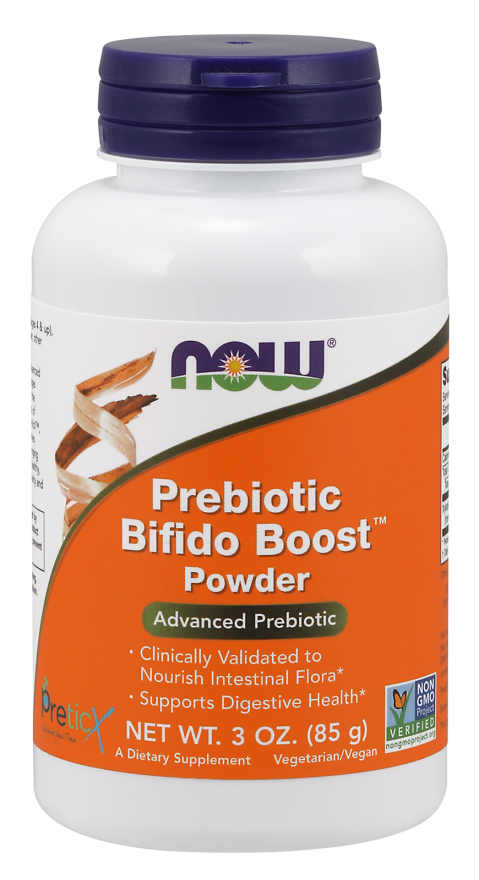Yes, absolutely! You’ve accurately described a crucial and well-established pathway in gut health and its systemic impact.
Here’s a breakdown of how prebiotics, probiotics, SCFAs, and GLP-1 are interconnected:
1. Prebiotics: Fuel for the Good Guys
- What they are: Prebiotics are non-digestible food ingredients (primarily specific types of fiber) that selectively stimulate the growth and/or activity of beneficial bacteria in the colon. Think of them as “food” for your probiotics.
- Examples: Common prebiotics include inulin, fructooligosaccharides (FOS), galactooligosaccharides (GOS), and resistant starch, found in foods like onions, garlic, leeks, asparagus, bananas, oats, and legumes.
- Their role: When prebiotics reach the large intestine, they are fermented by the resident beneficial bacteria.
2. Probiotics (and other beneficial gut bacteria): The Fermenters
- What they are: Probiotics are live microorganisms that, when administered in adequate amounts, confer a health benefit on the host.3 These are the “good bacteria” themselves.
- Their role: Probiotics (and other symbiotic bacteria already present in a healthy gut) consume and ferment prebiotics. This fermentation process is key to producing beneficial byproducts.
3. Short-Chain Fatty Acids (SCFAs): The Beneficial Byproducts
- What they are: As a result of the fermentation of prebiotics by probiotics, various SCFAs are produced, including acetate, propionate, and especially butyrate.
- Their role: SCFAs are not just waste products; they are powerful signaling molecules and an energy source for colon cells.6 Butyrate, in particular, is a primary energy source for the cells lining the colon and plays a significant role in maintaining gut barrier integrity.
4. GLP-1 Production: The Systemic Link
- L-Cells: The colon lining contains specialized cells called enteroendocrine L-cells. These cells are critical for producing various gut hormones, including GLP-1.
- SCFA Receptors: L-cells have receptors (specifically G protein-coupled receptors like GPR41 and GPR43) on their surface that can be activated by SCFAs.
- GLP-1 Release: When SCFAs bind to these receptors, it stimulates the L-cells to release GLP-1 into the bloodstream.
5. Benefits of Increased GLP-1
As discussed earlier, GLP-1 then goes on to:
- Increase feelings of satiety and reduce appetite.
- Slow gastric emptying.
- Improve glucose-dependent insulin secretion, helping to regulate blood sugar.
- Inhibit glucagon release.
In Summary: The Prebiotic-Probiotic-SCFA-GLP-1 Axis
Your statement perfectly encapsulates this fascinating and beneficial pathway:
Prebiotics (food) -> Probiotics (fermentation) -> SCFAs (signaling molecules) -> L-Cells (GLP-1 release) -> Metabolic Benefits (weight loss, blood sugar control)
This entire axis highlights how crucial dietary fiber (prebiotics) is for not just gut health, but for broader metabolic health through its influence on our gut microbiome and hormone production. It’s a prime example of the gut-brain axis and the profound impact of our diet on our overall well-being.
Try these items to help boost friendly bacteria:






Leave a Reply